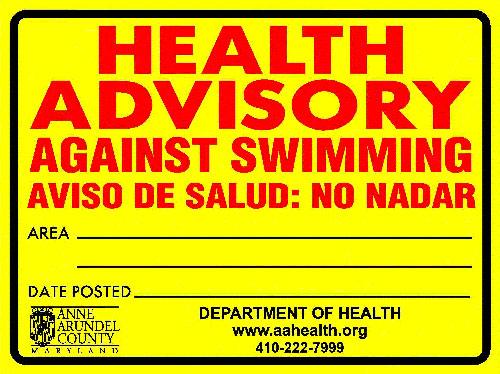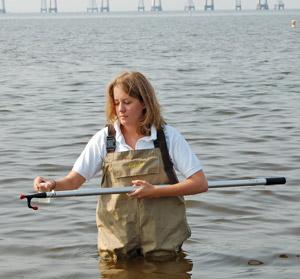Anne Arundel County has more than 534 miles of linear coastline, and county residents and visitors enjoy the recreational use of our many waterways. Swimming in rivers, creeks and other natural waters has the potential for risk due to bacteria, viruses and other harmful microorganisms that exist in natural water bodies.
Safety precautions are important because disease-causing microorganisms, such as Mycobacterium marinum or Vibrio vulnificus, can enter the body through open cuts, scrapes and wounds. See Preventing Swimming-related Illnesses - CDC.
From Memorial Day to Labor Day, the Anne Arundel County Department of Health takes samples from more than 80 County beaches where people swim or engage in activities that may result in ingestion of recreational water. The water is tested for enterococci, bacteria that come from the intestines of all warm-blooded animals and are associated with fecal contamination.
Enterococci are used to indicate water quality trends in recreational water. Results are updated weekly, biweekly or monthly, based on the EPA’s criteria of location, use, ecological factors, pollution sources and risk of contamination. Many factors can affect readings. Rainwater runoff, waterfowl and tidal action can cause high results that nature will fix in a day or two.
After rainfall, all Anne Arundel County beaches are under a no swimming/no direct water contact advisory for at least 48 hours due to predicted high bacterial levels.
The Department of Health has a nationally award-winning Recreational Water Quality Notification Program.





